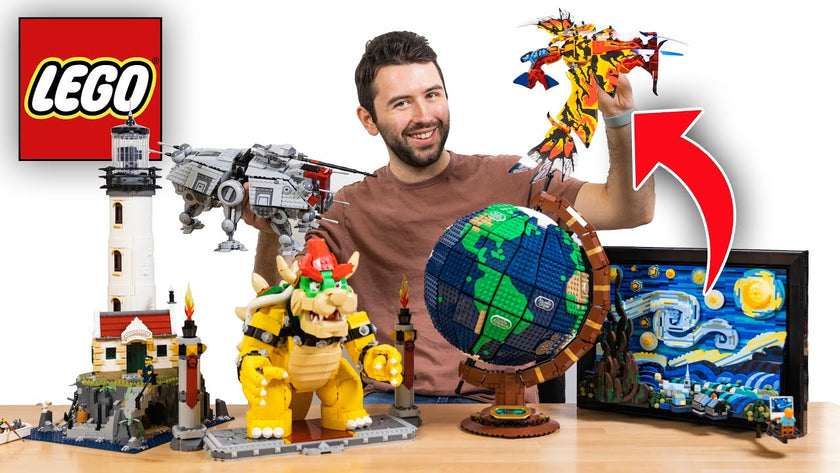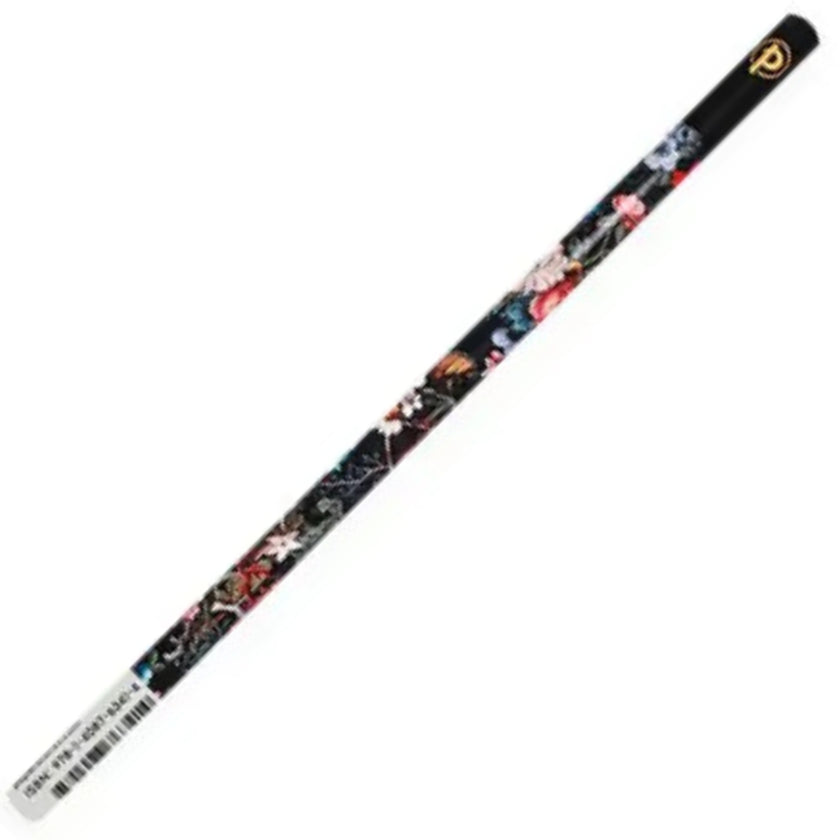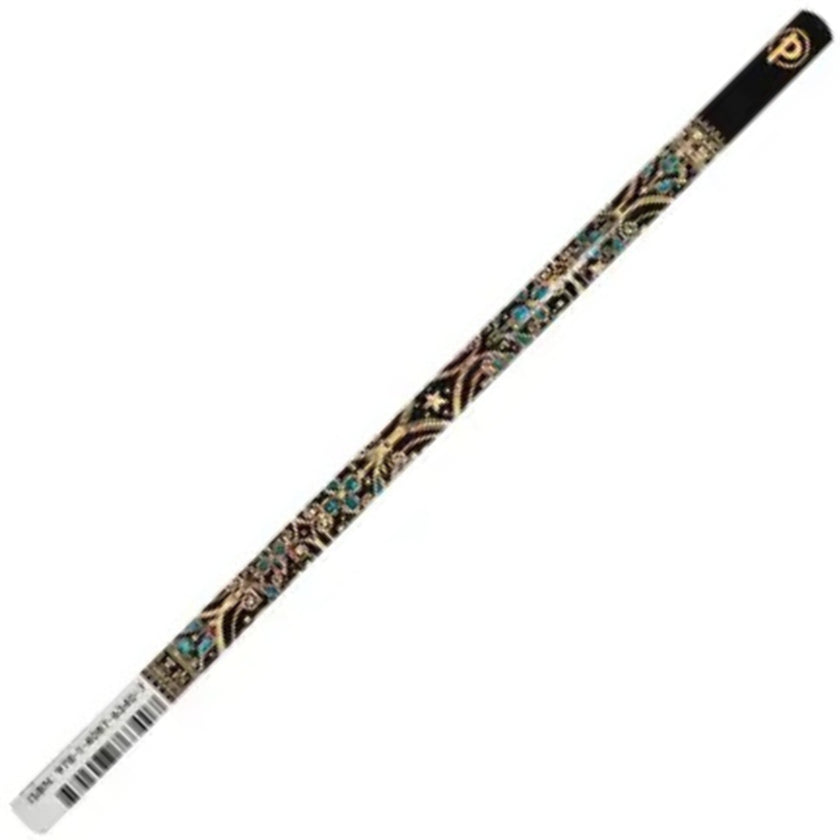The Fascinating World of LEGO: A Journey into Creativity and Fun
Introduction
LEGO isn't just a toy; it's a cultural phenomenon that has captivated the imaginations of both children and adults for decades. These small, interlocking bricks have the power to transform into anything from a simple house to an intricate spaceship. In this blog, we'll explore the rich history of LEGO, why it's more than just a toy, and how it continues to inspire creativity in people of all ages.
A Brief History of LEGO
The LEGO story began in 1932 in Billund, Denmark, when Ole Kirk Christiansen founded a small company making wooden toys. The name "LEGO" was coined in 1934, derived from the Danish phrase "leg godt," meaning "play well." It wasn't until 1949 that the first plastic interlocking bricks, known today as LEGO bricks, were produced.
These bricks were revolutionary in their simplicity and versatility, allowing builders to create and recreate structures endlessly. Over the years, LEGO evolved from simple blocks into a vast system of themes, sets, and minifigures, capturing the imaginations of millions worldwide.
Why LEGO Is More Than Just a Toy
1. Encourages Creativity and Imagination
One of the most powerful aspects of LEGO is its ability to foster creativity. With no right or wrong way to build, LEGO encourages users to experiment, innovate, and bring their ideas to life. Whether you're building a dream city or a working robot, LEGO gives you the tools to turn your imagination into reality.
2. Develops Problem-Solving Skills
LEGO sets, particularly the more complex ones, challenge builders to think critically and solve problems. As you work to assemble a LEGO model, you must follow instructions, figure out how pieces fit together, and troubleshoot when things don't go as planned. This process hones essential problem-solving skills that are valuable in everyday life.
3. Promotes STEM Learning
LEGO has also embraced STEM (Science, Technology, Engineering, and Mathematics) education. Sets like LEGO Mindstorms and LEGO Technic introduce builders to engineering concepts, robotics, and coding in a fun, hands-on way. This makes LEGO an excellent tool for educators and parents looking to engage children in STEM learning.
4. Brings People Together
LEGO isn't just a solo activity; it's also a social one. Whether you're building with family, friends, or fellow LEGO enthusiasts, the process of creating together can strengthen relationships and foster a sense of community. Events like LEGO conventions and building competitions further highlight how this beloved toy brings people from all walks of life together.
LEGO in Pop Culture
LEGO has made a significant impact on pop culture, extending beyond the realm of toys. From blockbuster movies like The LEGO Movie to popular video games, LEGO has become a multi-media powerhouse. The brand's collaborations with franchises like Star Wars, Harry Potter, and Marvel have resulted in some of the most iconic and beloved LEGO sets of all time.
The Adult LEGO Fan Community
LEGO isn't just for kids. In recent years, the Adult Fans of LEGO (AFOL) community has grown exponentially. These enthusiasts take LEGO building to the next level, creating intricate models, custom designs, and participating in large-scale projects. LEGO even recognizes this community with sets designed specifically for adult builders, such as the LEGO Architecture series and detailed Creator Expert models.
The Future of LEGO
As LEGO continues to evolve, the company is focusing on sustainability and innovation. By 2030, LEGO aims to make all its products from sustainable materials. Additionally, the brand is exploring new ways to incorporate digital technology into its products, ensuring that LEGO remains relevant in an increasingly digital world.
Conclusion
LEGO is more than just a toy; it's a tool for creativity, learning, and connection. Whether you're a child discovering the joy of building for the first time or an adult rekindling your love for LEGO, these bricks offer endless possibilities. So, the next time you pick up a LEGO set, remember—you're not just building with plastic bricks; you're building a world of imagination, problem-solving, and fun.












